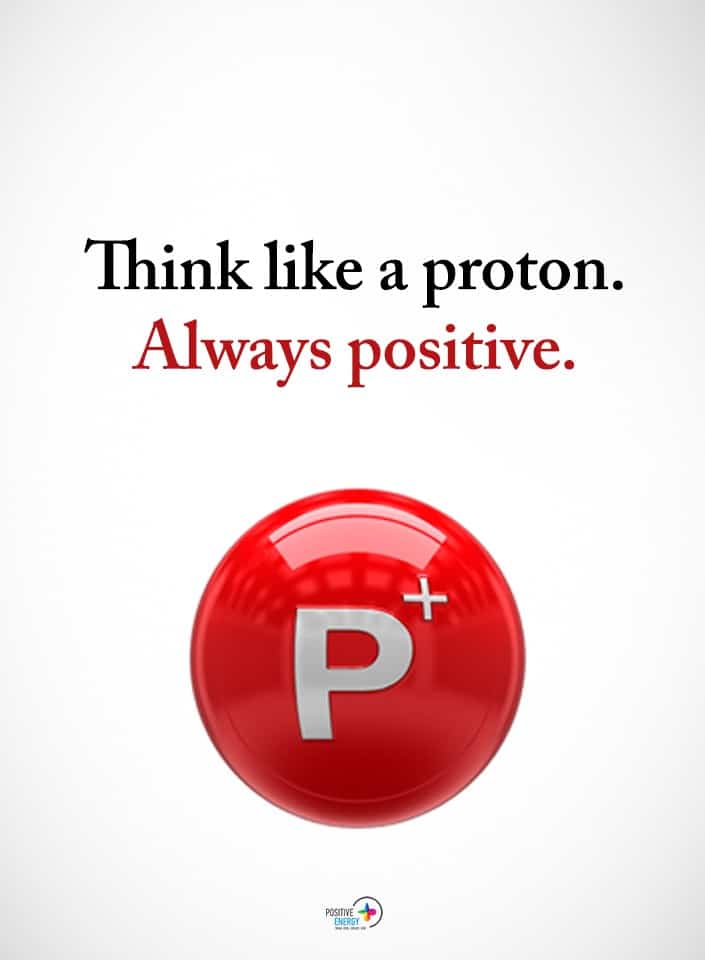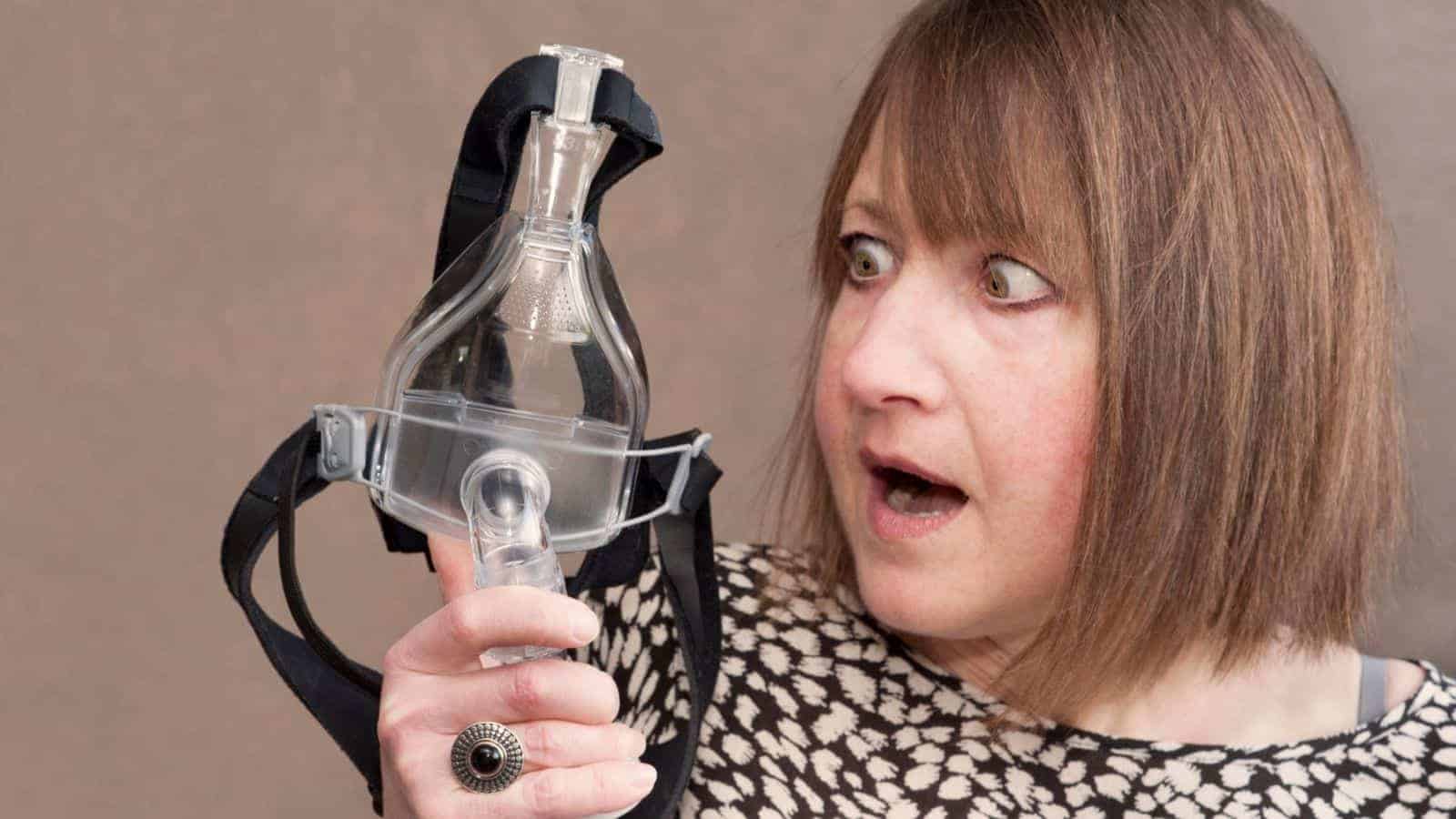Continuous Positive Airway Pressure machines, better known as CPAP machines, are the leading treatment options for sleep apnea. Although they can be a little big and it may take the user some time to get used to them, they can be the only way a person with sleep apnea can get a good night’s rest. CPAP machines are arguably one of the best inventions of this century, and the technology behind them is remarkably impressive. Keep reading to find out more about how they work.
What is Sleep Apnea?
To understand why the continuous positive airway pressure machines work, it’s helpful to know what sleep apnea is if you don’t already. Sleep apnea is a condition in which you may stop breathing for periods while you sleep. There are two reasons this can happen.
The most common reason is that skin or tissue in the throat relaxes too much while a person sleeps and blocks their airway. This is called obstructive sleep apnea (OSA).
The second reason is that the brain doesn’t send proper breathing signals to the body while a person sleeps. This is called central sleep apnea (CSA). In rare cases, a person can suffer from both types of sleep apnea.
Signs of Sleep Disorders
 The most common signs of sleep apnea are loud snoring and gasping for air. Other symptoms are:
The most common signs of sleep apnea are loud snoring and gasping for air. Other symptoms are:
- Not being able to stay asleep.
- Excessive daytime sleepiness
- Waking up with a headache
- Waking up with a dry mouth
- Irritability
- Trouble concentrating
The reason sleep apnea interferes with sleep so much is because as a person stops breathing, the body wakes up just enough to start the breathing process again. This means the person isn’t getting enough deep sleep. Getting enough sleep is especially crucial for the human body to function correctly. That’s why CPAP machines are so important for people with sleep apnea.
What Exactly is a CPAP Machine?
The machine looks a little like an electronic box that produces air. It’s complete with a long hose and a mask that the user wears while they sleep. Some machines have a water reservoir that humidifies the air that is blown through the hose into the mask. The mask that the user wears can either be a full-face mask that covers both the nose and mouth or a half mask that only covers the nose.
The idea behind the machine is that blowing air into the user’s nose and mouth will stop bad sleeping habits associated with sleep apnea. The user sleeps like this – with the mask on – and although it may look a bit strange, it helps the user get a full, safe night of sleep, and they wake up feeling refreshed the next day.
Some people find it difficult to sleep with a mask on their face at first, but eventually, most people get used to it. This is especially true after they see how their sleep quality has improved. With these machines, the benefits outweigh the discomfort.
Types of Airway Pressure Machines
It’s important to distinguish the different types of breathing machines. You may also see terms like BiPAP and APAP. These devices are similar, with the main difference being the airway pressure levels.
A CPAP machine has a continuous airway pressure level, whether you inhale or exhale, as the name indicates. The BiPAP can have one pressure level when you inhale and a different pressure level when you exhale. The APAP machine is set to a pressure range, and the device fluctuates as needed while you sleep.
Research has shown that continuous airway pressure machines are the best machines out of the three types to use for sleep apnea.
The Benefits of Using a CPAP Machine
The main benefit of using the machine is to counteract the symptoms of sleep apnea. Sure, there are other ways that you can try to get rid of sleep apnea like losing weight or not smoking anymore.
However, according to Jonathan Schwartz, M.D., the medical director of the INTEGRIS Sleep Disorders Center of Oklahoma, breathing machines are a guaranteed way to stop sleep apnea in its tracks. He adds that they’re suitable for all patients, and the devices help every time.
The most important thing to understand is that sleep apnea isn’t just “some breathing condition.” There are serious health consequences of not taking care of sleep apnea. Unchecked, it can even lead to death.
It’s safe to say that the most significant benefit of using the machine is that you won’t die in your sleep.
How Does it Work?
The way the machine works is quite simple on the surface. It pulls in air from the room, filters it, humidifies it, and sends it to the user’s nose and mouth. The moisturized air is pushed down the user’s throat, effectively inflating the airway. This allows the user to breathe normally while sleeping.
It sounds simple but getting one and using it is not quite that simple. You can’t just go to the pharmacy and buy one. You must first be diagnosed with sleep apnea by a sleep doctor, called a pulmonologist.
How to Get a CPAP Machine
Getting diagnosed involves participating in a sleep study. Some sleep studies can be done in your home (rare), but most sleep studies are done at a sleep lab (overnight, of course) using a procedure called a polysomnogram (PSG). A sleep expert like Sara Benjamin, M.D., of John Hopkins Medicine, monitors you while you sleep in the lab overnight.
Prepping for the Sleep Study
Before arriving at the lab, it’s essential that you take steps to make sure you’ll be as comfortable as possible. “We don’t expect you to sleep as well as you would at home, and we take that into account,” Benjamin says, although she does say that most people sleep better than they expect. You should avoid taking naps early in the day and avoid caffeine.
Keep in mind that your comfort is essential to the sleep expert and technicians. They’ll do what they can to make you as comfortable as possible. This reassurance should keep you from stressing about the sleep study all day.
The Procedure
The part of the sleep study lab you’ll sleep in looks like a comfortable hotel room. The bed is high-quality, the linens are surprisingly comfortable, and you may even have a television that you can watch. Depending on the lab, you may even have your own private bathroom with a shower in it. The technicians will even set the temperature level to your ideal temperature, so you’re as comfortable as possible.
The uncomfortable part is all the wires. They must hook up to you to allow the EEG to monitor you while you sleep. There will be leads and wires placed on your face, chest, and abdomen area. They may hook some up to your fingers and arms. There may even be some hooked up to your scalp (even if you have long hair).
You’ll likely be wondering how in the world you’ll fall asleep with a gazillion wires attached to you. Keep in mind that you’re probably tired anyway from dealing with constant sleep apnea, and with the plush mattress and high thread-count of the sheets, it won’t be hard for you to drift off. You need to relax and get into a comfortable position in the bed.
The study will be done in two parts. The first part is where the sleep expert monitors you. They keep track of what they call “events” through the night, which are interruptions in your sleep.
The second part could be the second half of the night or second night, depending on the type of sleep study you do. This is where the technician hooks up a CPAP machine to you and figures out the correct pressure that you need. They do this until they get the events down to zero.
After the sleep study is over, Dr. Benjamin says it can take up to two weeks for your pulmonologist to get your results. Your pulmonologist will put in a prescription for your machine, and the pressure will be preset before you get it.
 Final Thoughts on How CPAP Machines Help Sleep Apnea
Final Thoughts on How CPAP Machines Help Sleep Apnea
These machines are amazing inventions that have helped millions of people around the world sleep better. As you can see from the information provided, it can be quite a process getting one that’s explicitly set for your needs. It may also take some time to get used to sleeping with a mask on your face.
Don’t worry. Many people adapt to using the machine with flying colors. You may have to try a few different masks before you get one that’s comfortable for you, but this is an easy task once you’ve acquired the machine.
The most important thing is to use it consistently. You should sleep with the machine every night for the whole night to alleviate your sleep apnea. You’ll be glad you did when you start waking up feeling more refreshed than ever.




















